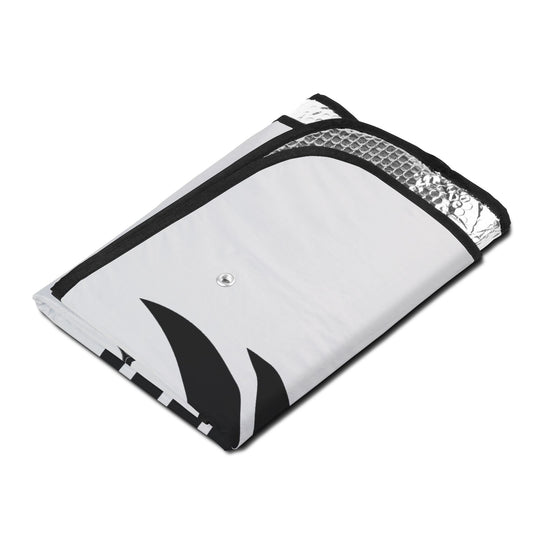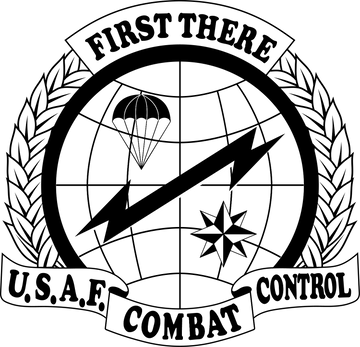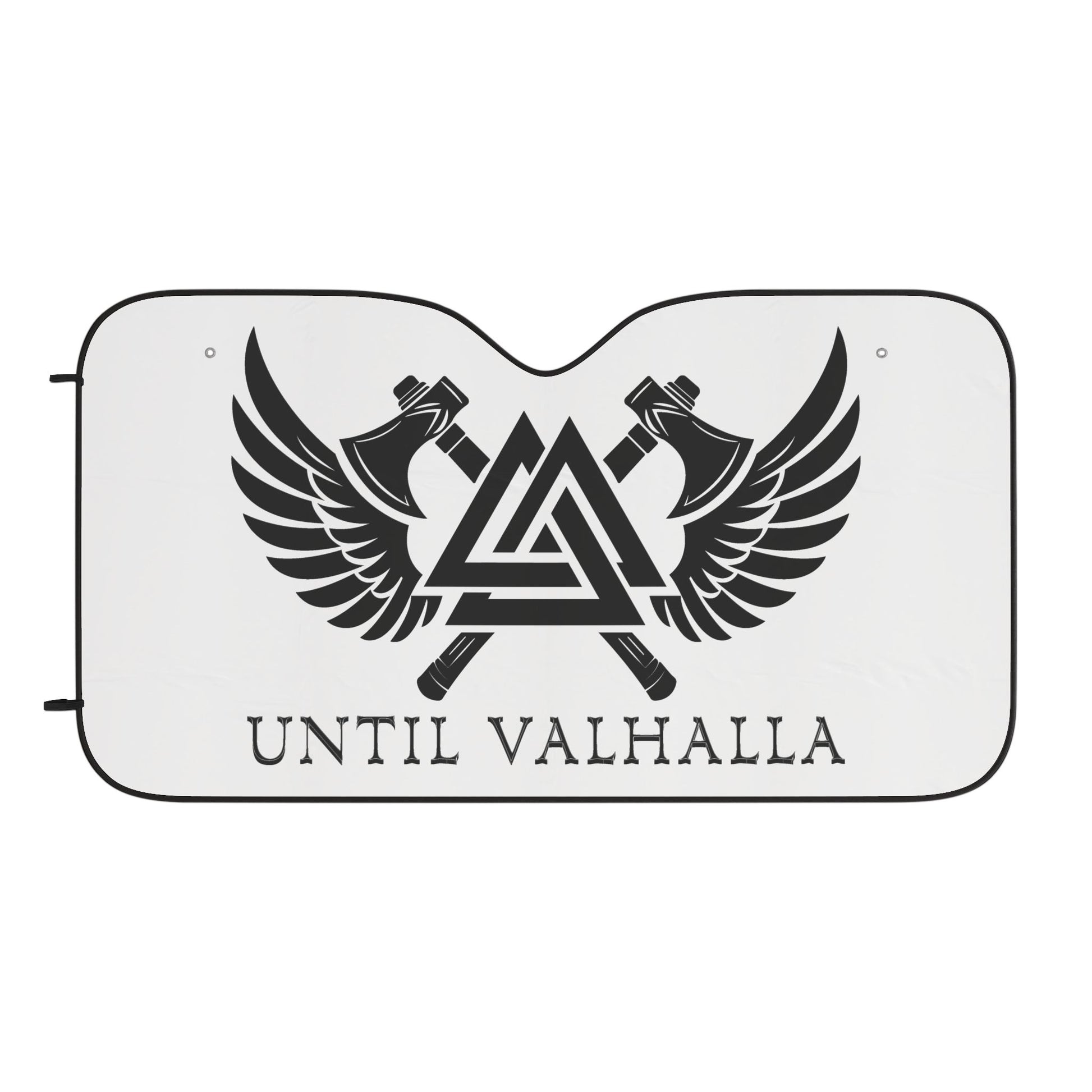
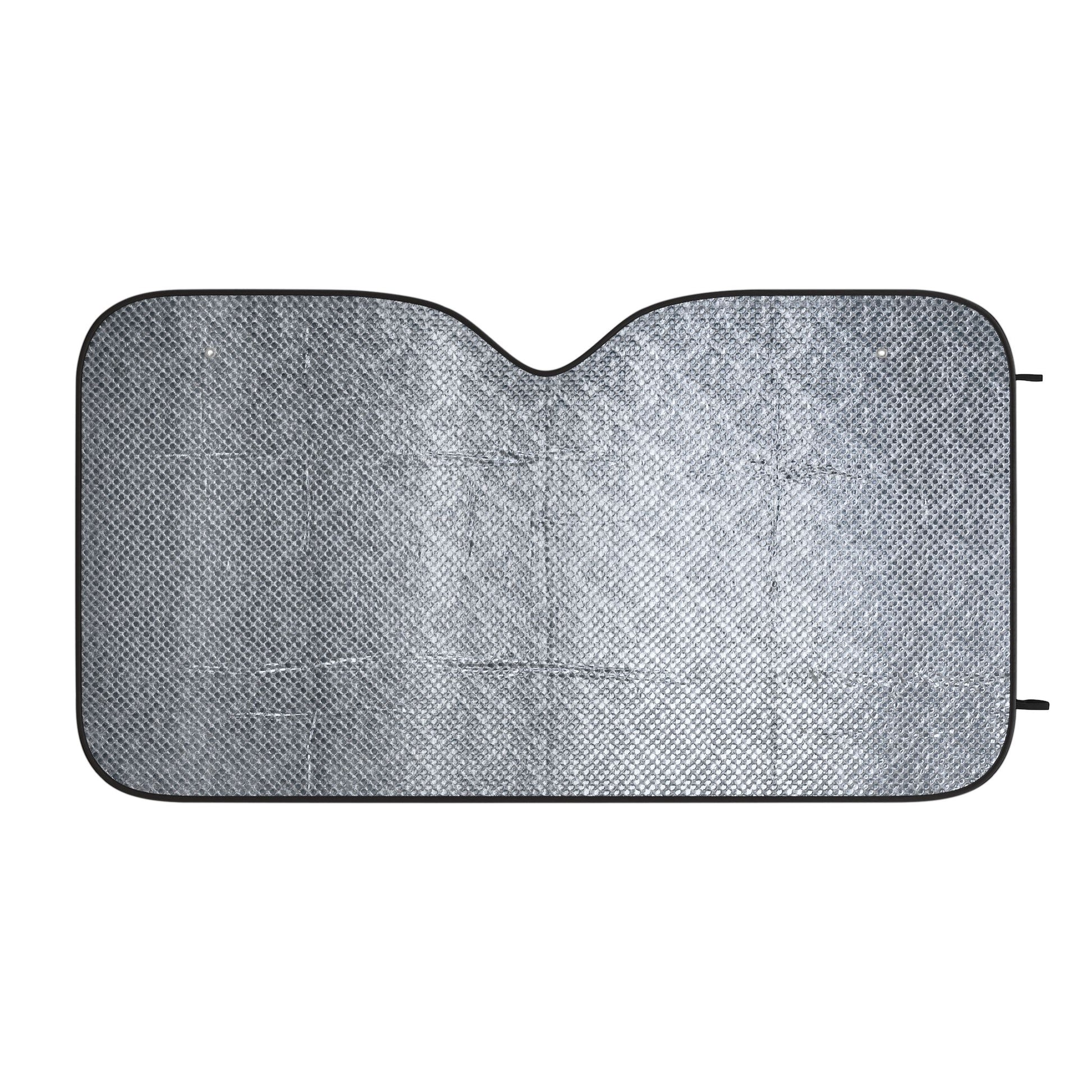
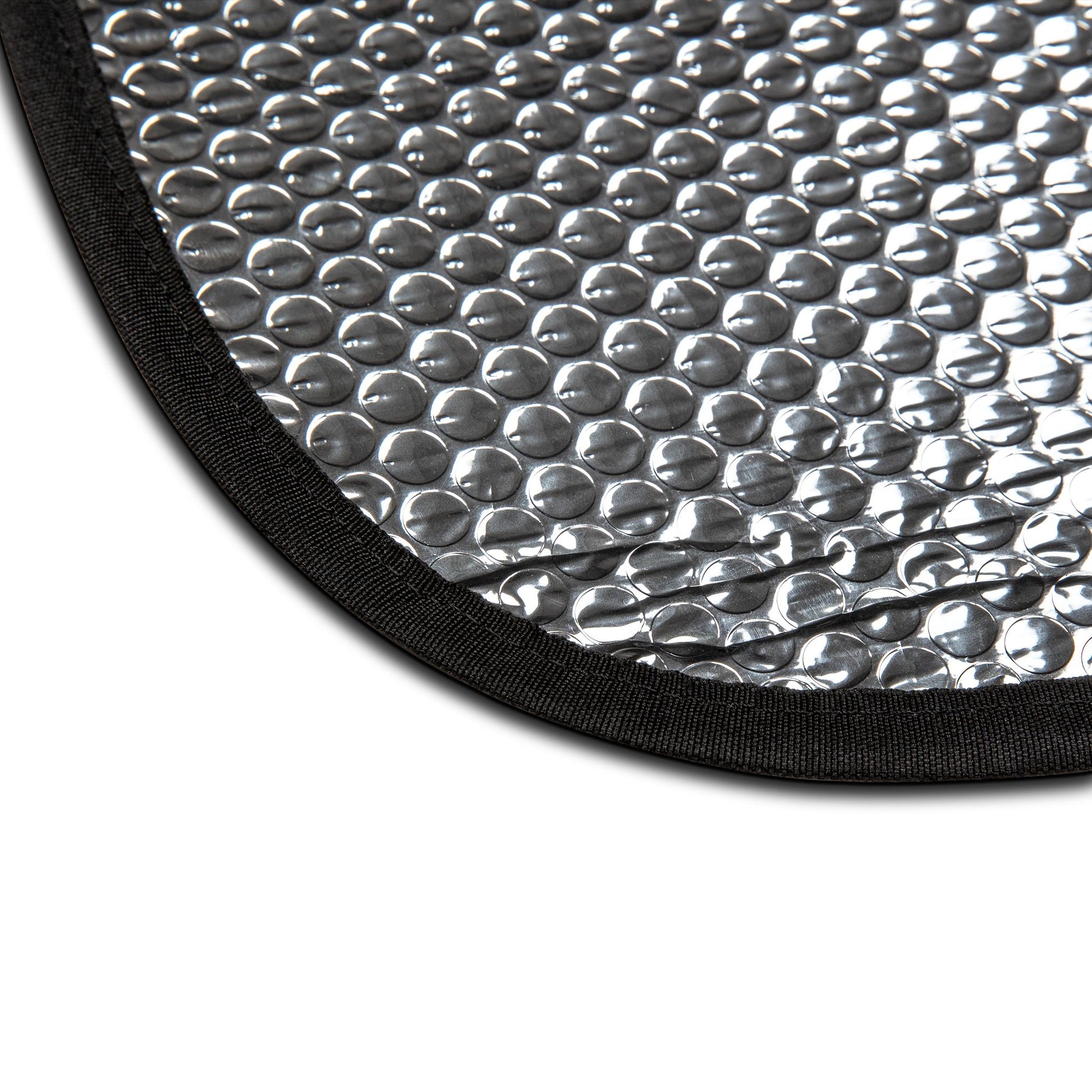
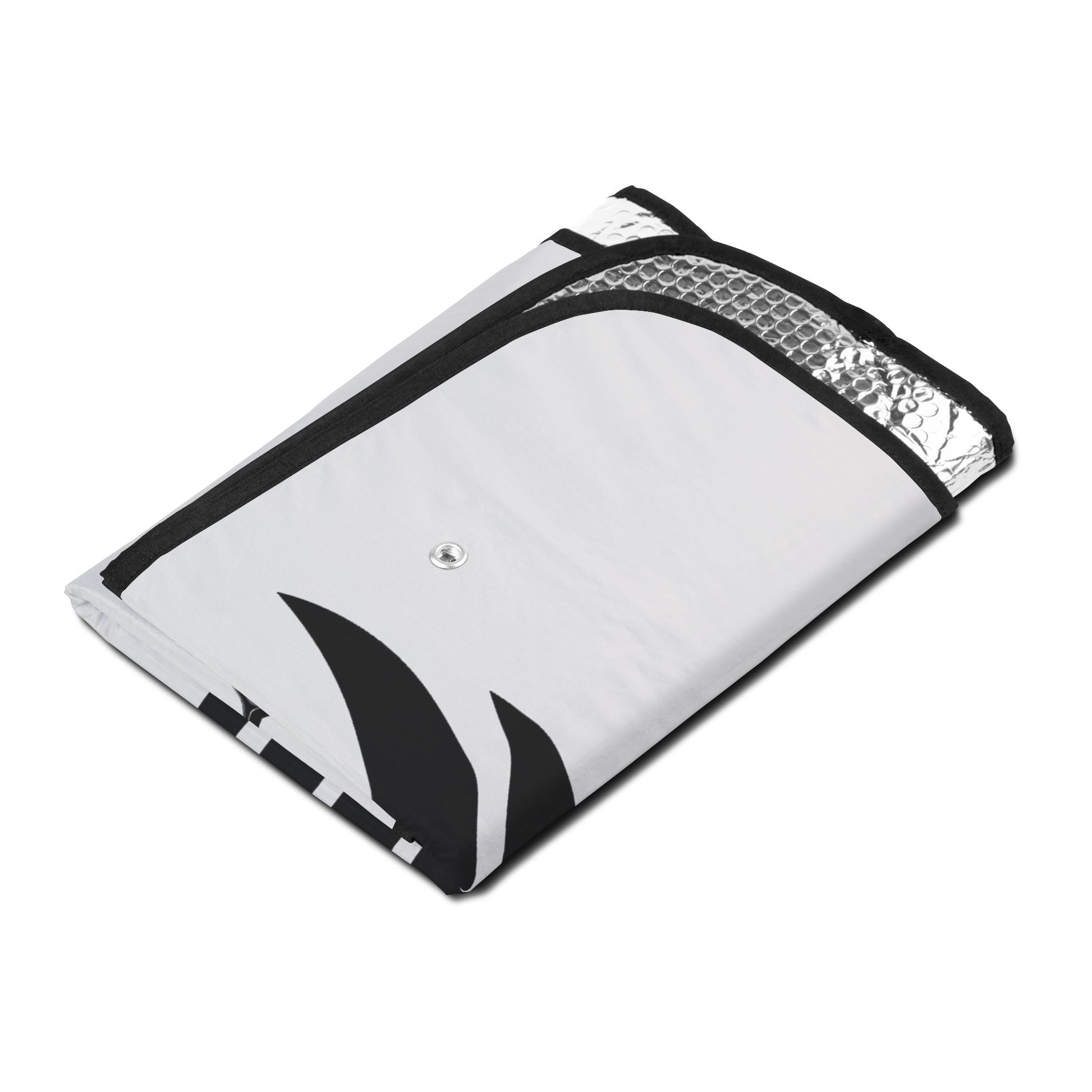
Until Valhalla Car Sun Shade
-
Free Shipping for orders $50+
Money back within 30 days for an exchange.
| 30'' × 55'' (1pc) | |
|---|---|
| Width, in | 30.00 |
| Length, in | 55.00 |
| Thickenss, in | 0.16 |
This design features the Valknut, a symbol tied to Odin and warriors who fall in battle. Crossed axes and wings flank the mark, representing strength, freedom, and the path to the afterlife. “Until Valhalla” is a promise between those who serve if not here, then there.
STS, Inc. is bringing back the old-school designs that meant something. Trademarked and unapologetic.
Product features
- 100% Polyester printable area for vibrant designs.
- Durable aluminized film cushion back to prevent sun damage.
- Includes suction cups for easy installation and removal.
- Compact and easy to fold when not in use.
- Available in various size options to fit your vehicle.
Care instructions
- Use a soft brush or a damp cloth to clean the surface, removing dust and dirt. When storing the sunshade, avoid moisture, high temperatures, or being squeezed to maintain its shape and performance
CCT History
Combat Control Teams (CCT) were established in 1953 to provide air traffic control and command-and-control capabilities in support of U.S. and allied special operations. Evolving from WWII pathfinders and glider operations, CCTs became essential for establishing drop zones, landing zones, and assault strips in denied or austere environments. Over the decades, they’ve deployed alongside every U.S. SOF element, enabling precision airpower in conflicts from Southeast Asia to the Middle East. CCTs are uniquely qualified as FAA-certified air traffic controllers and hold a wide array of advanced skills: they are certified Joint Terminal Attack Controllers (JTACs), combat divers, static-line and military free-fall parachutists (HALO/HAHO), qualified in demolitions, small unit tactics, survival/evasion/resistance/escape (SERE), communications, fire support coordination, and reconnaissance. Their ability to integrate air and ground operations under extreme conditions makes them one of the most versatile and mission-critical assets in U.S. special operations.



